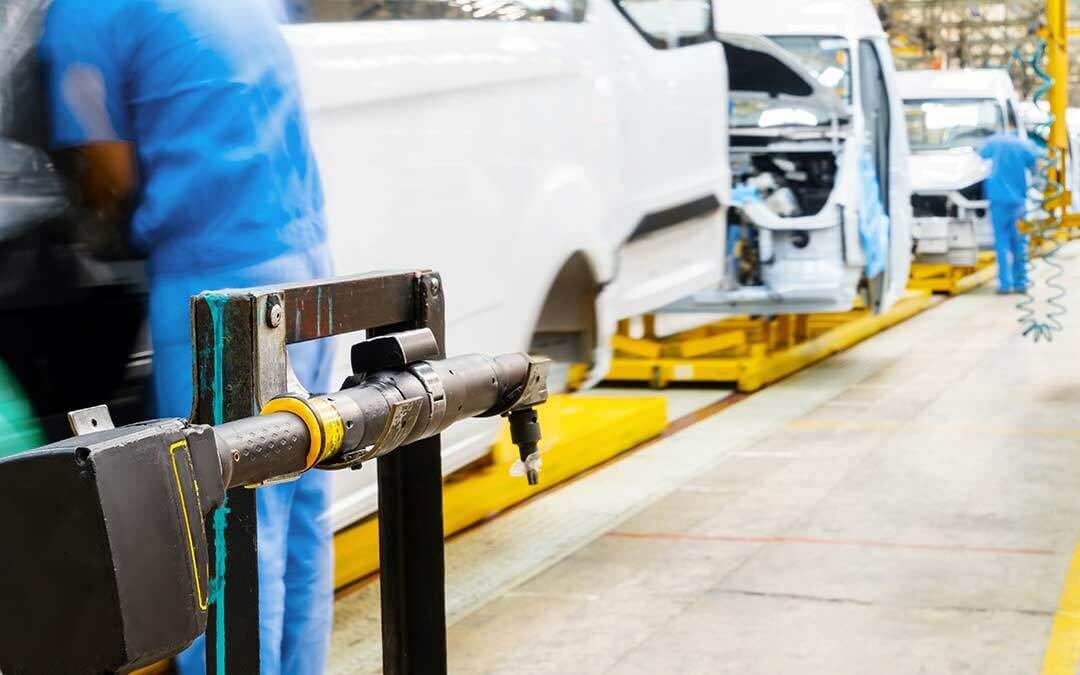When we speak of the term “smart manufacturing,” it’s always referring to a shift toward implementing digital technologies – a shift toward Industry 4.0 – to help a business boost its performance and, ideally, its bottom line. And while the end goal is a more successful enterprise, you can’t skip steps along the way. On this note, one thing that’s often overlooked when it comes to smart manufacturing and digital transformation, is keeping the frontline worker connected. Connected workers are an integral part of smart manufacturing. In this post, we’ll take a closer look at why the connected worker is so crucial to overall smart manufacturing operations, and how even minor changes can have such a large impact. Here’s a closer look:
Smart Manufacturing
Smart manufacturing is the practice of implementing digital technologies to make processes safer and more efficient. And a great starting point when it comes to smart manufacturing is to look at the prospect of the connected worker, or those who are affixed via digital technologies. To date, most companies have focused their digitization investments on using asset and operations-related data, but digital investments that actively impact and empower the worker are not far behind. In fact, it’s a trend that’s largely already happening throughout various industries right now.
For example, it’s estimated that nearly half of all industrial companies have deployed intelligent wearable technologies into their operations. These technologies may include the likes of smart glasses, wristbands and personal protective equipment (PPE) featuring sensors. What’s more is for those who have yet to implement such technologies, studies show that 21 percent plan to do so within the next year.
This isn’t all just big talk, either – the benefits are becoming more evident. According to a report from SCM World, 40 percent of manufacturers say that smart manufacturing and its foundational technology, the Internet of Things (IoT), is within reach – and now is the right time to invest in it. The Huffington Post reinforces this belief, as it has reported measurable results in those that have implemented it. For example, 82 percent report increased efficiency, 49 percent report fewer product defects and 45 percent report customer satisfaction gains. That’s significant.
Connected Workers and Innovation: What You Need to Know
Digital transformation efforts are focused on investing in operations and on smart connected assets and products to improve core operational areas, which include overall equipment effectiveness (OEE), product quality and asset reliability. But it’s worth taking things a step further to truly consider who is driving these operations: workers.
On this note, it’s important to take more of an innovative approach that strives to put people first, and Anvl has solutions in place to help achieve this.
The Value of Mobile Devices
It’s estimated that an overwhelming 70 percent of businesses that have been successful with digital transformation have done so by leveraging mobile solutions for connected workers. These solutions offer real-time visibility and increase communication to frontline workers and supervisors. This helps lead to enhanced control, better insight and increased engagement from workers on the frontline. In the end, businesses become much more productive, effective, streamlined and collaborative.
Anvl’s Solution
Anvl’s solution offers visibility and insight to help improve safety, quality, and productivity. Our Workflows are purpose-built to enhance on-site efficiency, engage frontline workers on the job and allow businesses to evaluate progress in real-time. However, and arguably most importantly, these solutions keep workers connected and allow communication from the frontline to supervisors to management.


